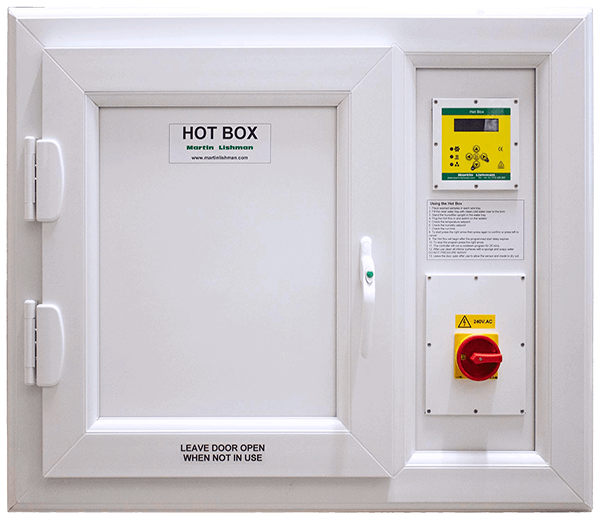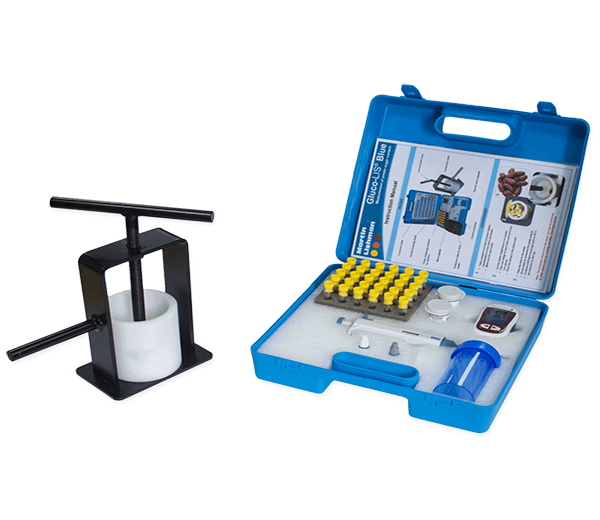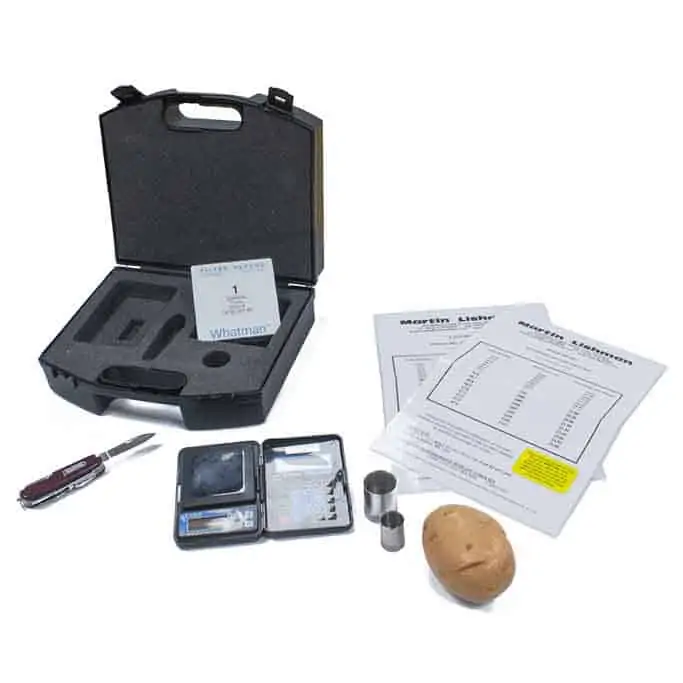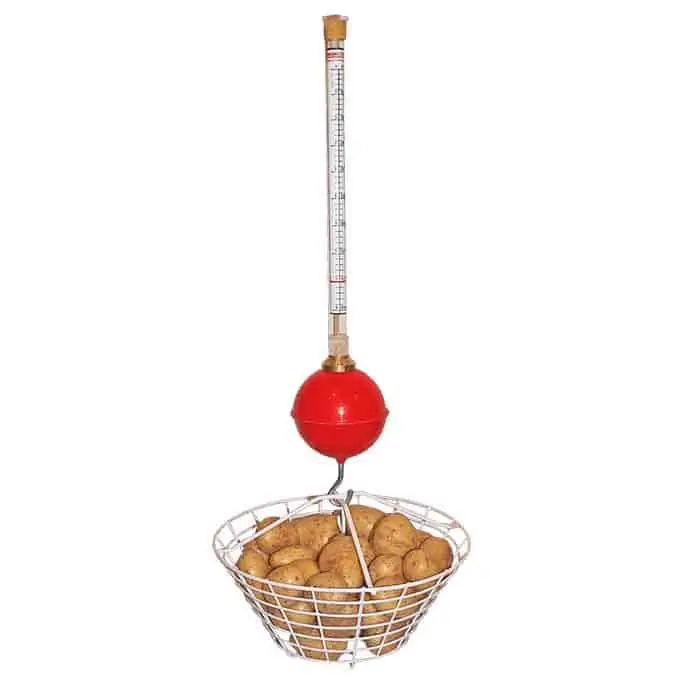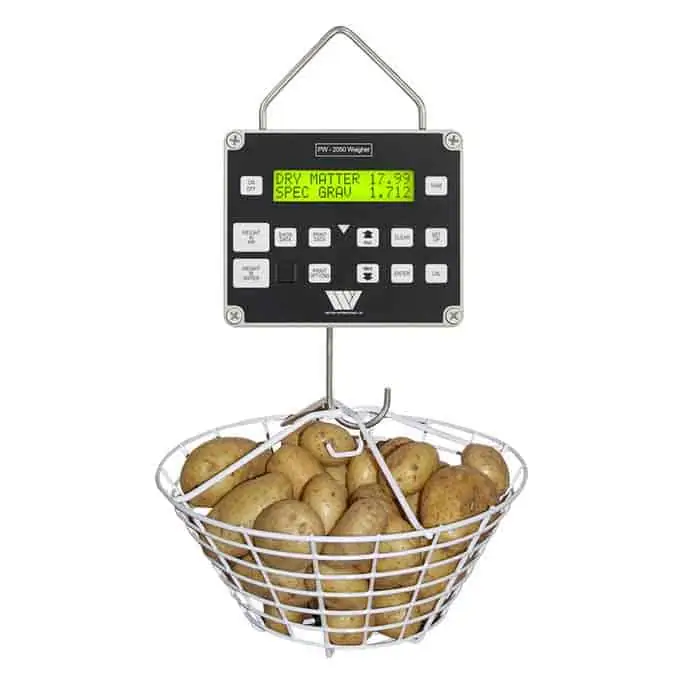Potato Dry Matter Measurement
Three methods to measure Potato Dry Matter
The three dry matter measurement methods from Martin Lishman have been compared by potato industry bodies: no significant differences were found in their estimation of dry matter content; but each has its own benefits to suit where and how it is being used.
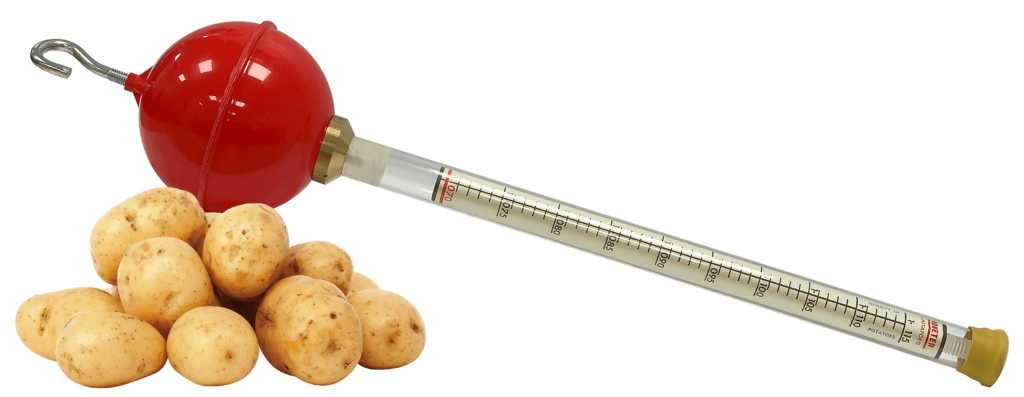
The Importance of Dry Matter
Dry matter content directly influences the yield of processed potatoes, the oil absorption rate in fried products and the texture of cooked potatoes. Dry matter is also used as an indicator of bruising risk, with high levels associated with more damage.
Dry matter varies between varieties, but dry matter of the same variety may also vary between seasons in the same locality. This can be the result of differences in the time of planting, soil moisture and ambient temperature.
Typical dry matter ranges for various potato products*:
French Fries – 19.7 to 24.1%
Potato chips – 21.7 to 25.1%
Dehydrated products – 20.7 to 24.1%
* guidance only
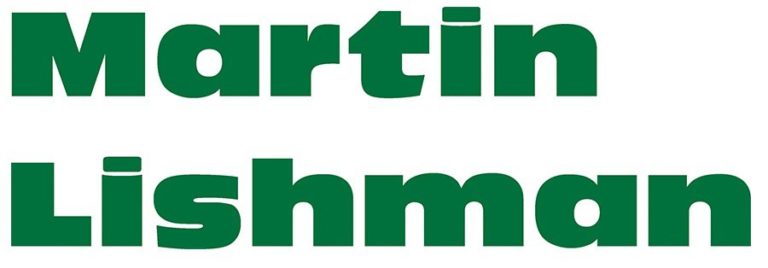
Before processing or storing potatoes, it is important to know the eventual market and the specifications required of that market. Specifications will depend on a range of quality measures such as skin finish, dry matter, fry colour and sugar content. Crops should be assessed in relation to these parameters, both before and during processing and storage. The presence of rots and diseases or damage caused by bruising will have a significant effect on quality and the ability to meet customer specifications.
Quality Control is an investment. Initial inspection of loads to check for bruising damage and the presence of rots will determine if the loads can be safely taken into storage or need to be processed immediately. Once in the store, monthly monitoring of factors that are likely to change, such as sprouting, rots, fry colour and certain blemish diseases should be carried out

